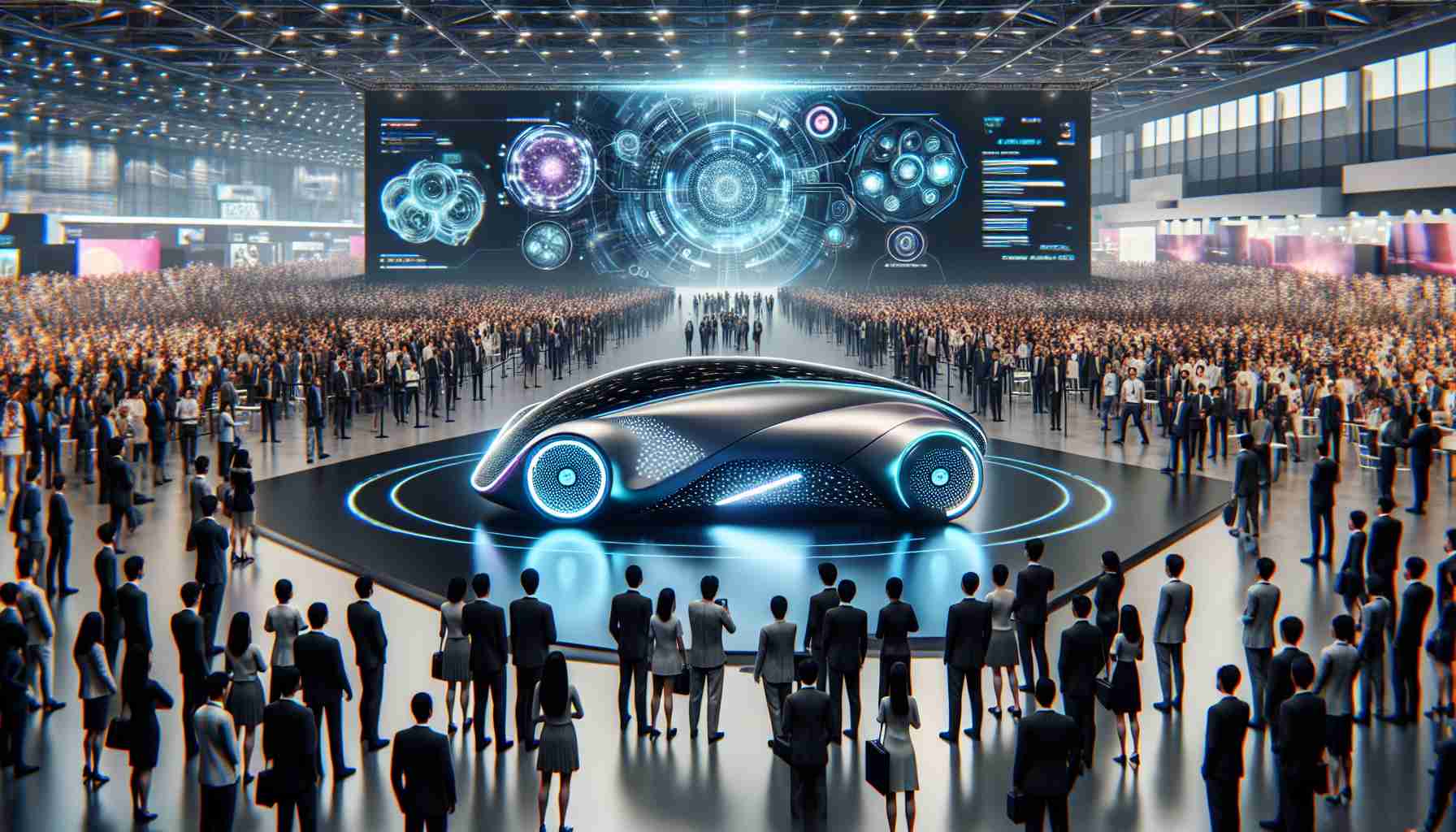A cutting-edge tech event recently showcased a range of innovative smart vehicles set to revolutionize transportation and everyday tasks.
The event, held in a bustling city hub, featured a lineup of sleek, AI-powered vehicles that boast futuristic designs and advanced autonomous driving capabilities. These smart vehicles, equipped with state-of-the-art technology, promise to transform the way people commute and interact with their surroundings.
During the event, attendees marveled at a variety of self-driving vehicles, including a stylish minibus that can accommodate up to 20 passengers. The vehicles, which do not require traditional steering wheels or pedals, were presented as part of a glimpse into the exciting future of transportation.
In addition to the smart vehicles, the event also highlighted a range of humanoid robots designed to assist with household chores and other tasks. These humanoid robots, with their impressive capabilities and sleek designs, captivated the audience and showcased the potential of integration between artificial intelligence and daily living.
The unveiling of these innovative smart vehicles and robots signals a significant leap forward in technology and automation. With a focus on enhancing efficiency and convenience, these advancements have the potential to streamline various aspects of daily life and set a new standard for smart transportation and robotics.
Additional Facts:
1. Some futuristic smart vehicles are being designed with eco-friendly features such as electric or hydrogen fuel cells to reduce emissions and promote sustainability.
2. Many smart vehicles are incorporating advanced connectivity features, allowing them to communicate with each other and with infrastructure to improve traffic flow and safety.
3. Autonomous vehicles are being tested in various cities around the world to assess their performance in real-world conditions and gather valuable data for further development.
4. Companies are working on implementing shared mobility services using smart vehicles to optimize resource utilization and reduce the number of private cars on the road.
5. Vehicle-to-everything (V2X) communication technology is being developed to enable vehicles to interact with pedestrians, cyclists, and other road users to enhance safety and efficiency.
Key Questions:
1. How do smart vehicles handle complex traffic situations and unpredictable road conditions?
2. What cybersecurity measures are in place to protect smart vehicles from hacking or unauthorized access?
3. How will regulations and infrastructure need to evolve to accommodate the widespread adoption of smart vehicles?
4. What impact will smart vehicles have on employment in industries such as transportation and logistics?
5. How will insurance policies and liability considerations change with the rise of autonomous vehicles?
Advantages:
1. Increased safety on the roads due to advanced driver-assistance systems and autonomous technologies.
2. Improved traffic flow and reduced congestion through optimized route planning and communication between vehicles.
3. Enhanced accessibility for individuals with disabilities or limited mobility, providing greater independence in transportation.
4. Environmental benefits from reduced emissions and the promotion of eco-friendly energy sources in smart vehicles.
5. Potential cost savings for consumers through shared mobility services and reduced car ownership.
Disadvantages:
1. Potential job displacement in industries reliant on manual driving, such as trucking and delivery services.
2. Privacy concerns related to the collection and sharing of data generated by smart vehicles and their connectivity features.
3. Technical challenges in ensuring the reliability and safety of autonomous driving systems in all scenarios.
4. Infrastructure limitations that may hinder the full integration of smart vehicles, such as lack of dedicated lanes or charging stations.
5. Resistance to change from consumers accustomed to traditional vehicles and driving habits.
For more information on futuristic smart vehicles and innovative technologies in transportation, you can visit US Department of Transportation.



